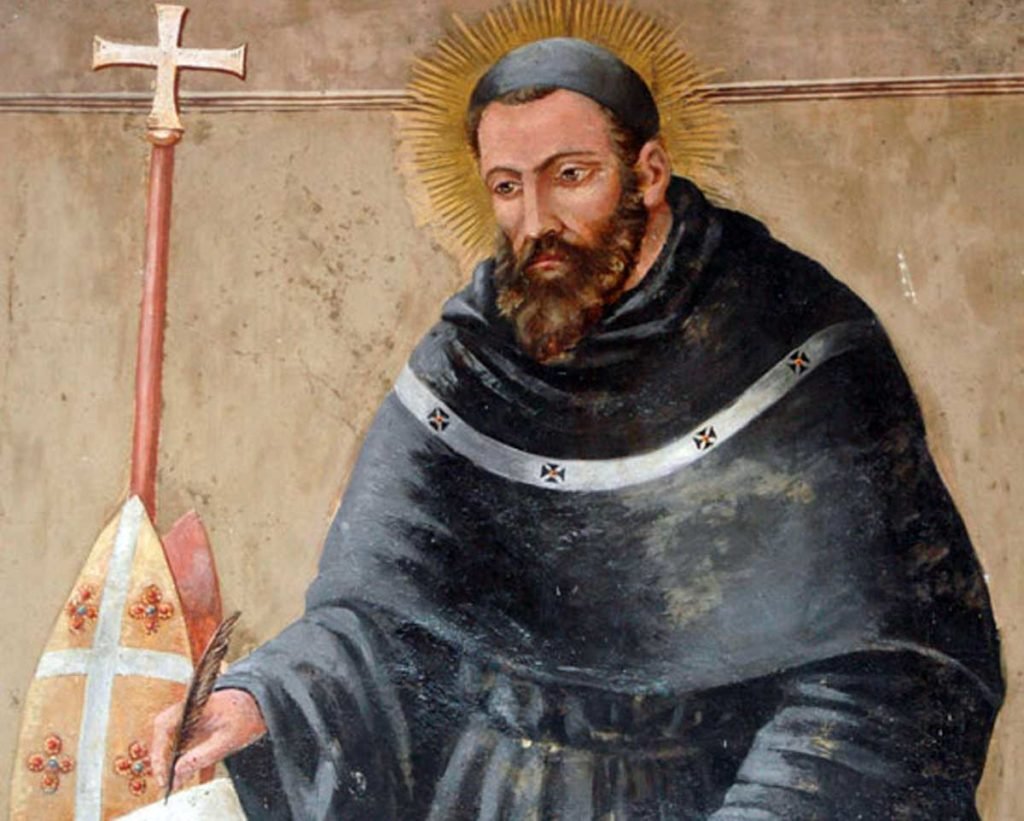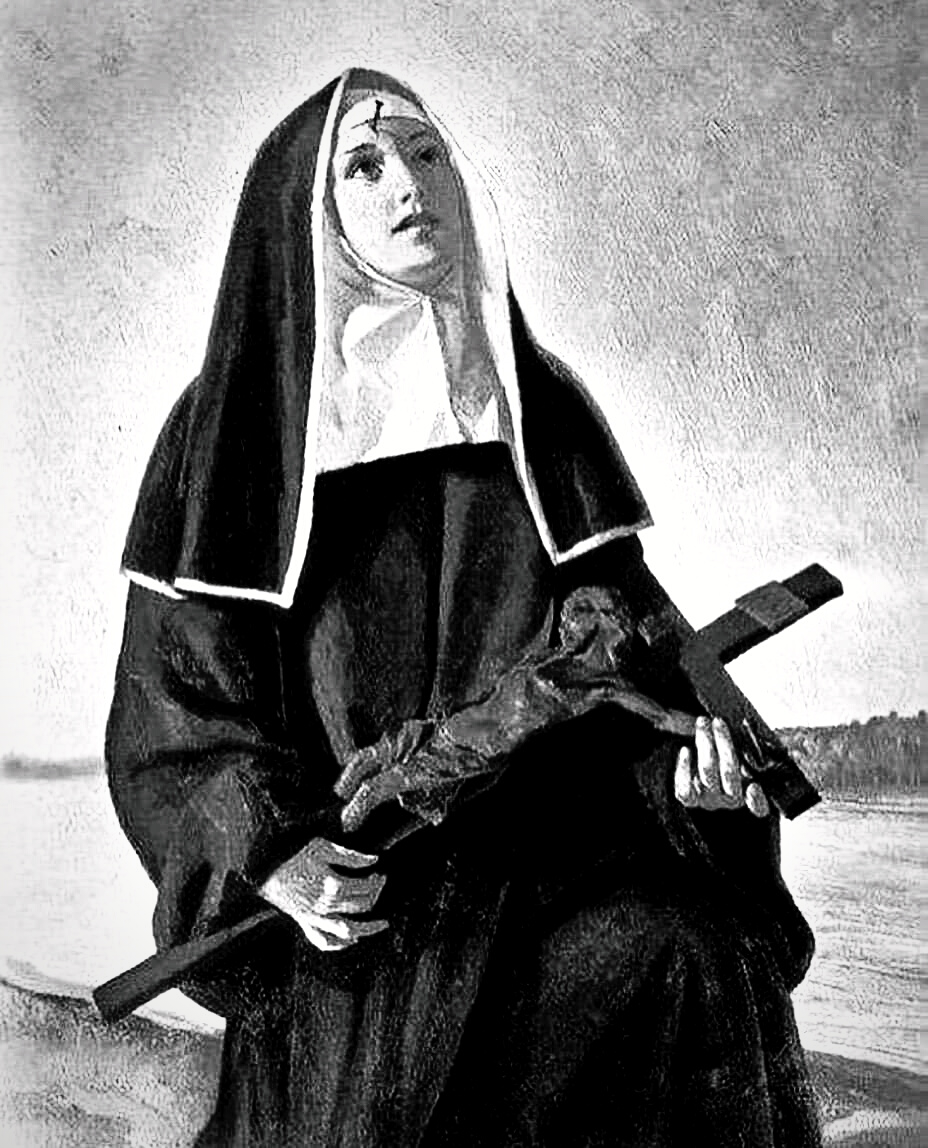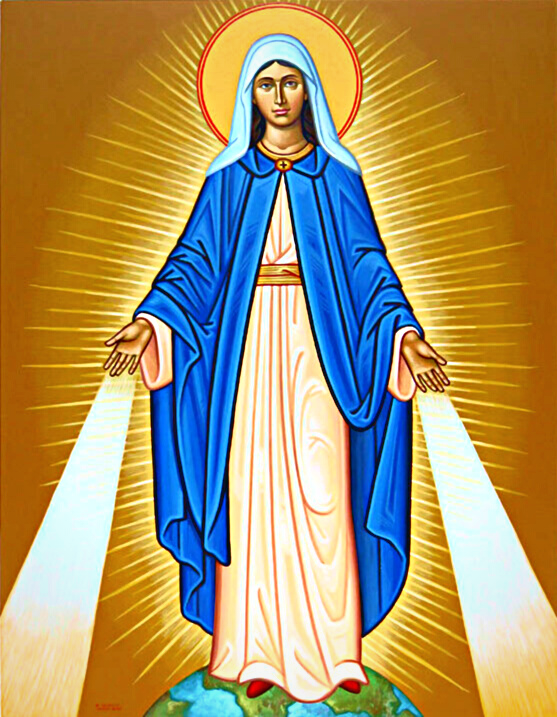Blessed James of Viterbo
Bishop
The life of Blessed James of Viterbo, whom we commemorate today, reminds us of the importance of placing our gifts at the service of others. In this way we find, as he did, the path that leads to our own personal growth and holiness, while at the same time bringing enrichment to others.
The gift you have been given, give as a gift - are the words of Scripture that come alive in the example of Blessed James.
Thought by some historians to be a descendant of the noble Capocci family, James was born in Viterbo, Italy, around 1255. He joined the Augustinians in 1272 at the monastery of the Most Holy Trinity in his native city, and was sent to study theology at the Order's newly opened General House of Studies in Paris. Among his teachers was Giles of Rome who held James in great esteem.
After several years in Italy exercising various responsibilities in the Order, he returned to Paris for additional studies. He obtained his doctorate there in 1293 and, with the election of his former professor, Giles, to the office of Prior General, served as regent of studies until 1299. He then was assigned to Naples, Italy, where he taught and served again as regent. James was named Archbishop of Benevento by Boniface VIII in September, 1302 and the following December was transferred to the Archdiocese of Naples.
During his tenure the cathedral of Naples was constructed. His single most important theological work, De regimine cristiano, is considered the first systematic treatise on the Church. James died in Naples at the end of 1307 or the beginning of 1308, known for his great love for the Church and the teachings of Saint Augustine. Pius X confirmed his cult in 1911.
James was a man endowed with intellectual and pastoral talents which he willingly put at the service of the Order - still in its formative years - and of the Church. At the same time he was a man in whom the grace of humility was also evident, gaining him the admiration and respect of his fellow religious and the people of his archdiocese, who held him in high esteem both in life and after his death.















